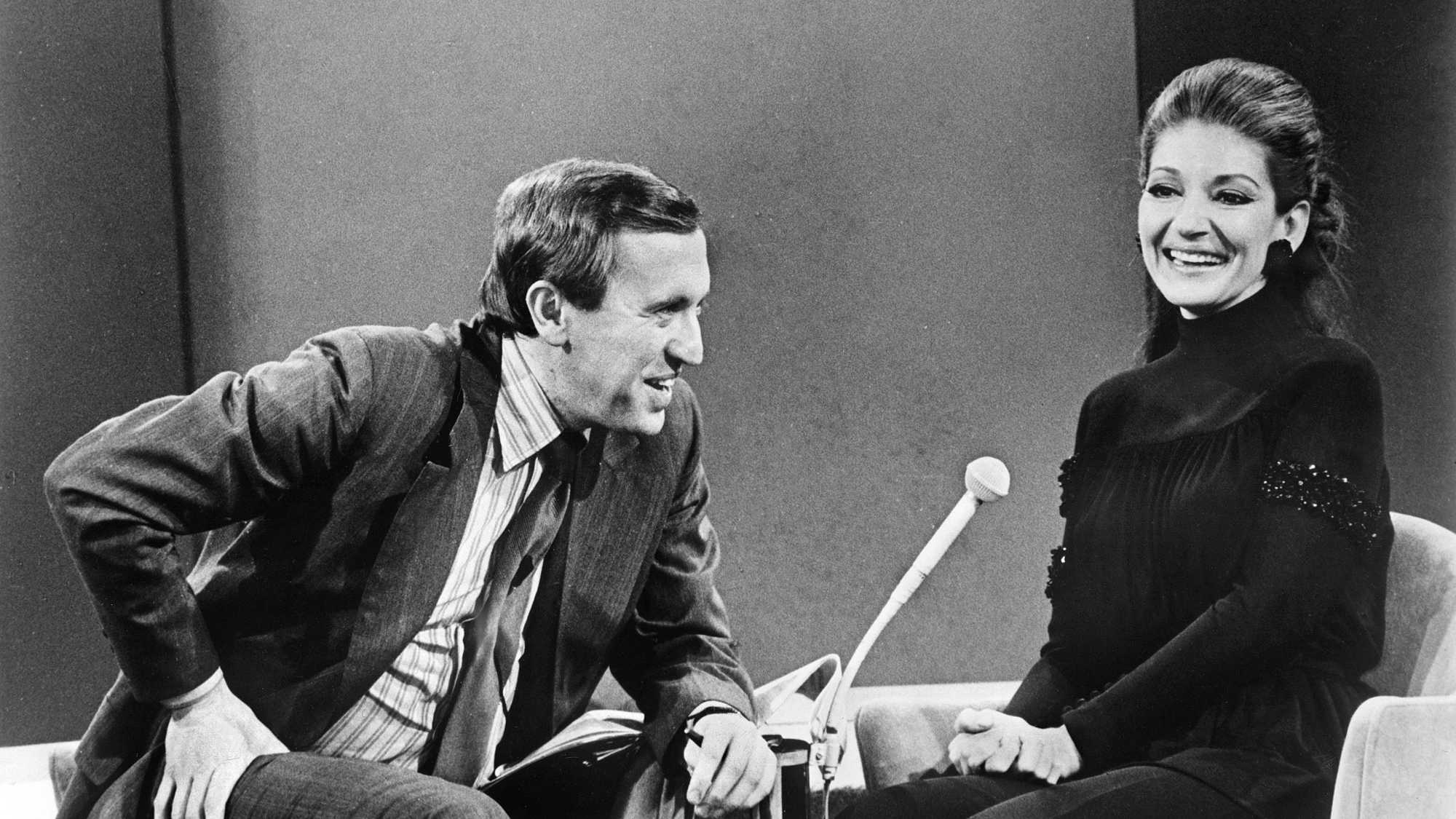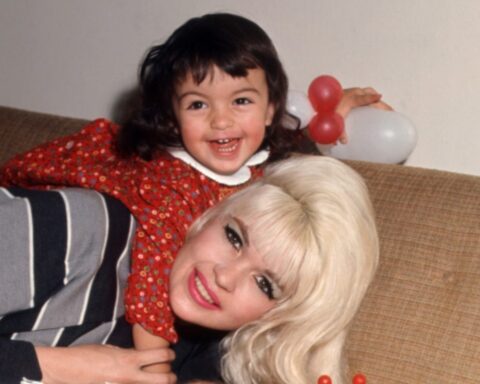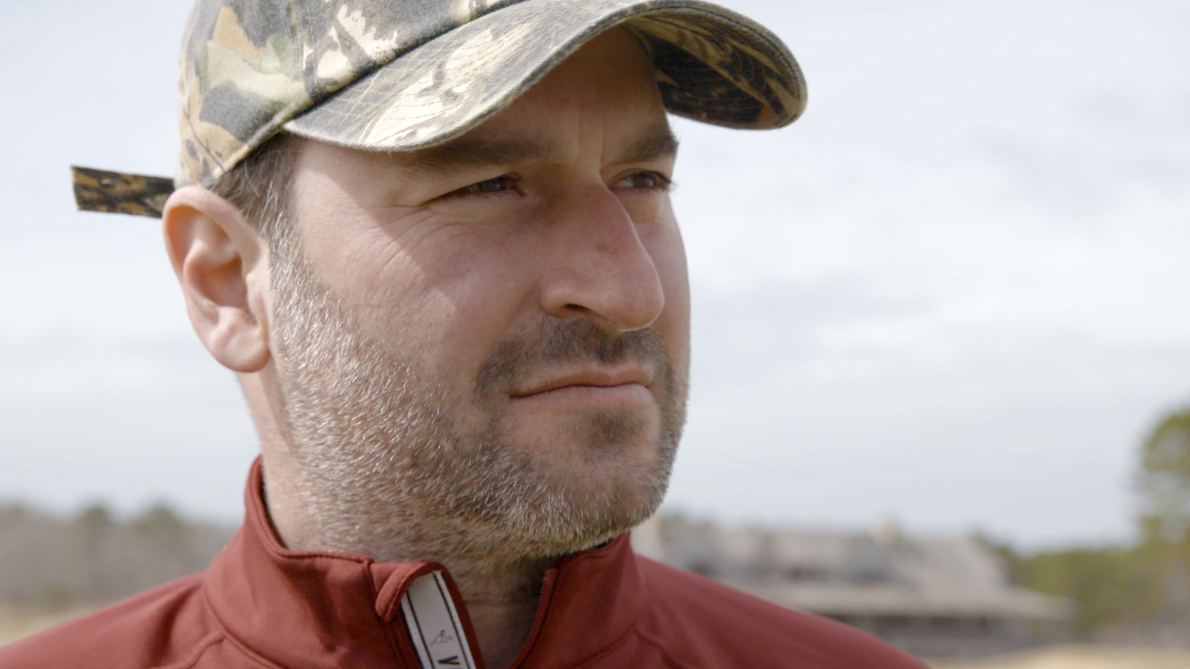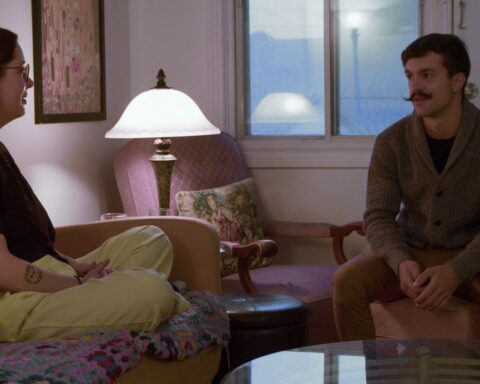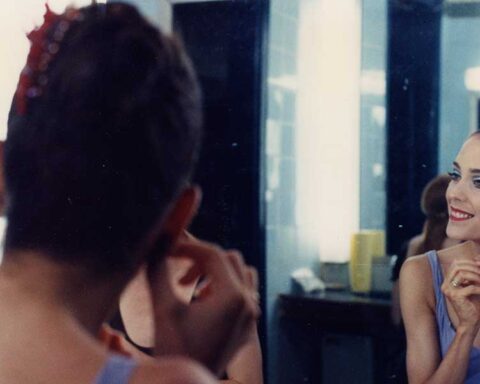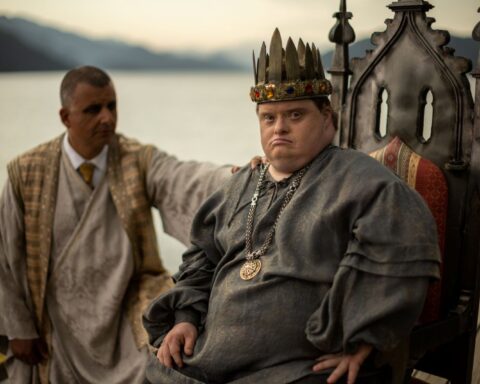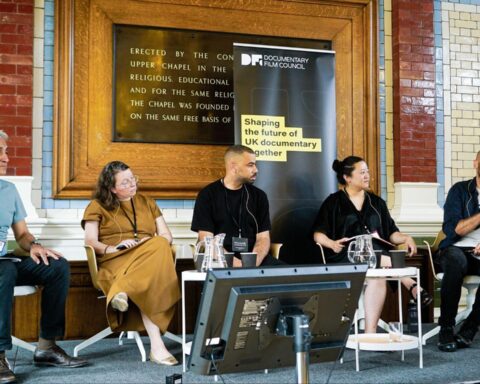One could call Tom Volf a Maria Callas fan, but that would hardly capture the appreciation he feels for the opera star. The director and photographer devoted over five years to making the documentary Maria by Callas and produced three books and an exhibition along the way. Such devoted interest translates well to passionate filmmaking as Maria By Callas is sure to be a definitive work on the late Greek-American diva. The film is remarkably researched and sourced, restoring work that draws upon myriad archival material to create a multifaceted portrait of Callas using only her words.
The film portrays Callas as a master performer, both on stage and off. Volf likes to call this duality of the star “the Maria and the Callas,” noting how she struggled to reconcile competing drives, ambitions, and expectations in her public and private lives. There are oodles of arias in Maria by Callas along with a treasure trove of rare home movies and Super 8 shots of Callas canoodling with on-again/off-again beau Aristotle Onassis—scenes which had paparazzi around the world salivating. It’s a fascinating study of a unique artist who lived to be watched, heard, and seen, and did a spectacular job of delivering on every take.
Central to the film is an expansive and candid interview between Callas and David Frost from 1970. This rare footage—never recorded except for a bootleg by one of Callas’s friends who shot the interview on his personal camera when it aired on TV—sees the diva strip back her make-up and playfully confess to everything she did right or wrong during her career. She is a lady of many great performances, but that interview might be her best one as she confidently reveals all to Frost.
This all-archival portrait of Callas allows the star to speak for herself and confront her critics in her own words. Volf presents ample newsreels and interviews in which Callas responds to criticism that she is too moody or tempestuous for her own good. Beyond her playful cat and mouse game with the press, Callas’s letters and writings illuminate a deeper side of the world of celebrity that doesn’t make for tabloid headlines. Contemporary opera singer Joyce DiDonato reads Callas’s letters in the English release of the film (Fanny Ardant voices the French version), and Volf describes the mezzo-soprano as being part of the “great lineage that Callas initiated.” The contemporary seeps into Maria by Callas as the star of one generation helps return an icon to life.
Maria by Callas opens in theatres this week after debuting at the Toronto International Film Festival where it was a highlight of the TIFF 2018 Docs line-up. (Read the TIFF review of Maria By Callas here.) POV talked with Volf about his love for Callas and his remarkable journey diving into her life, discovering hidden gems and restoring them for the world to see.
POV: Pat Mullen
TV: Tom Volf
This interview has been edited for brevity and clarity.
POV: Which song or performance got you hooked on Maria Callas?
TV: It was the mad scene of Lucia di Lammermore.
POV: What drew your attention to her in ways that other performers hadn’t?
TV: I wasn’t exposed to many performers before because opera and classical music were not at all in my background. [Callas] was nearly the first Italian opera singer that I had ever heard. I think it was a love at first sight or “love at first hear.”
POV: Can you tell me a bit about your work in Paris? I understand you interviewed David Cronenberg and Howard Shore when they were making the opera version of The Fly. Were you working around the opera scene much before this film?
TV: I was working with several companies doing promotional and institutional films. I was also holding interviews for broadcasts about the shows. One of the companies I used to work with, Le Théâtre du Chatelet, back in the day, was the third opera house. They did a lot of “creations”—quite a bit of modern operas. In all the time I worked with them, I had never been exposed to Italian opera. Hearing Callas was like being exposed to a completely new musical gender. It has very little to do with modern opera like The Fly. I enjoyed very much all the work I did around the shows and the operas in Paris, but it never got me hooked on listening to opera per se.
POV: That’s so interesting. I want to talk to about the archival material you have in the film too, because both the range and quality of material is quite impressive. How extensive was the restoration process?
TV: The making of the film, aside from the four years that I spent gathering the material and traveling around the world, took over six months of editing and then another couple of months of sheer post production. It was a goal to have every possible material in the film in its original form and format. We were very lucky to find the original reels for a lot of the footage, and, of course, we’re dealing with 16mm, Super 8, and 35mm reels that were sometimes 60 years old. It was a challenge to digitize [the footage] in high definition and bring it to our modern standards. We really tried to make the film and especially Callas appear as a contemporary woman and not as someone from the past.
POV: The interview with David Frost works so effectively to frame the story. How did that interview come to play such a crucial role in the film? I understand it’s a very rare piece of footage. [Watch the TIFF Q&A above to hear Volf discuss how one of Callas’s friends recorded the interview on his home camera when it aired on TV.]
TV: It’s absolutely unique. That show was broadcast in 1970 and although they recorded some of the other shows, that particular episode was never recorded nor preserved by anyone, really. It’s not even that it was supposed to be lost for over 50 years—most of the Callas fans out there didn’t know it existed. Some of them knew about it, but had never seen it. Beyond the fact that it’s unique, it is also rare in another aspect in that she gives an interview that is beyond an interview. It is more like a confession. The way she speaks is very different from any other interview. The things she says were never said them before or after.
It’s like she was looking back at her life and her career and personal life. It was very natural that in editing we started working with this along with the rest of the material. It felt like this would be the backbone of the film, almost like the whole film is created as a flashback from that interview. It’s very moving because we have that back and forth with the David Frost interview. It’s really Callas telling her story.
POV: The playful confidence in her composure really sets that interview apart. Was this interview something that came up while you were researching and then became something like a Holy Grail in your quest?
TV: No. It appeared among one of my encounters with her friends. I was lucky to be entrusted with some of the gems that are in the film. I don’t know if that was the Holy Grail when you see some of the other incredible materials that are in the film, like the private Super 8, her holidays, or even footage filmed from backstage during her performances. There is not only one Holy Grail, shall we say. Beyond that, it was very important not to make the film only for the fans, presenting a lot of never before seen or heard material. It was more important to create a story and a film that stands on its own and that can speak to anyone, even people who don’t know anything about Callas or opera and wouldn’t have an idea of the rarity of such material. The material is used for the purpose of telling the story in the best possible way. That is a story in her own words without having to include any additional narration or interviews.
POV: I liked that you mentioned the performances because at first I found them long, but the more I thought about the film, I appreciated being able to see the full range of an her interpretations of the arias and her stage presence. Can you talk about your choice to let the performances play in full?
TV: That was a choice from the very beginning. Bringing those performances in their entirety on to the screen would deliver an experience to the audience that is the closest they could get to actually being there in the ’50s and ’60s in an opera house or a concert hall, and having her sing in front of you. The second goal, to me, is that this is really where you see what her art is all about and why she’s so unique. Within one aria, one song, you see a whole range of facial expressions and gestures and really see the character being brought to life. You wouldn’t get that in a glimpse or in a few seconds. And lastly, you know, the arias have a whole subtext to the story because every piece that she sings has meaning in her own life. It resonates.
POV: On the subject of the cinematic nature of Maria Callas, during the years that you’ve been working on the project, a number of actresses have been attached to play her in dramatic films, like Meryl Streep and more recently Noomi Rapace. Who do you think could best capture Callas’s personas in film?
TV: It’s easy for me to understand why people would want to make films about her because she’s a very fascinating personality. She had a very interesting life that was much like a novel or even an opera, full of drama. Although I have great respect for these actresses and projects, to me, seeing her actual life and seeing her herself is so much more interesting. She’s such a personality—her face, her expressions. I don’t think that anyone can really play her as interestingly as who she actually is. That’s why I chose to make this film not really as a traditional documentary. It’s almost made as a [dramatic] feature film but using only archival footage. It was much more fascinating to actually see her and work with “her” than any great actress that one could have.
POV: You’re taking such a multifaceted approach with the book, the film, and the exhibition. Was the plan all along to have this hybrid project?
TV: The first and foremost project was the film. It just happened that during my journey of gathering the materials for the film, having realized at some point that I had more material than I could actually fit in the film, I felt that it was my duty to find a way to share this material. That’s when I first came up with the idea of the book to present the older photographs and the unknown pictures from her private albums, which people had never seen. And then the exhibition, which I created in Paris, was unique because of course you approach a personality in a different way when you’re in an exhibition. You walk from one room to the other, whereas in a cinema, you’re sitting there in the dark and it’s a very intimate experience. All these different means were constructed to present different materials. There is not a single piece of material that is duplicated between the various projects, but they’re all born from the film.
POV: There’s always the concern nowadays that the audience for opera is dying and that the younger generation isn’t going to it as much as the previous ones. Do you think the opera will survive?
TV: It’s such an interesting statement because that statement was made by Callas herself in the ’60s. She already was saying that opera was a dying art form, and perhaps she was right. What she added was that because of that [sentiment], it should be performed to the utmost level because only then can it appeal to a younger generation. I think that is the reason why there’s a whole new generation nowadays discovering Callas and becoming hooked on her recordings. The way she interprets opera is at such a high level that blends the technique and the interpretation of incredible music, but also bringing a character to life with the sheer force of her acting. So, to me, as long as this will be the case, opera will survive.
Maria by Callas opens in Toronto at TIFF Lightbox on Oct. 26 and Hot Docs Ted Rogers Cinema on Nov. 7 and hits screens in Vancouver at Vancity Theatre on Nov. 1 and in Ottawa at The ByTowne o Nov. 16 with other cities to follow.
Read the TIFF review of Maria by Callas here.




